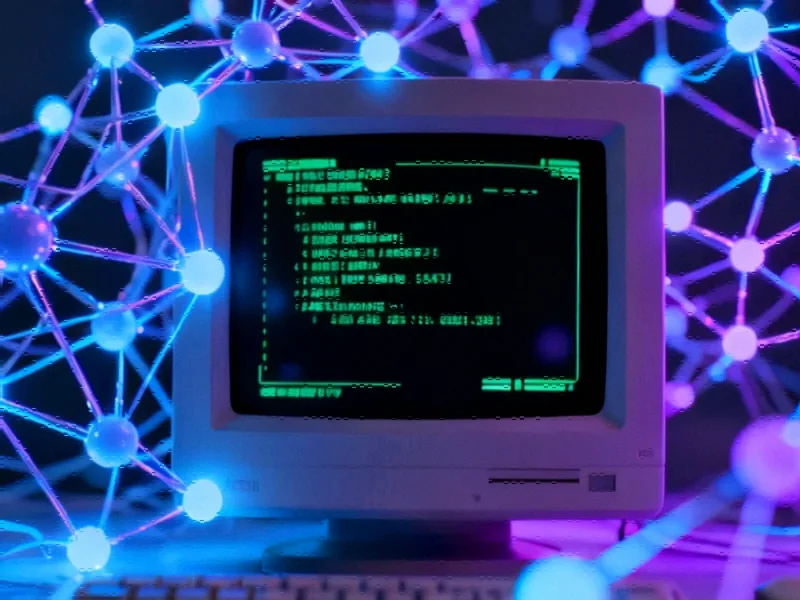Microsoft’s Strategic AI Bet on Windows Platform
Microsoft Corporation is making an aggressive push to position its Windows operating system at the center of the artificial intelligence revolution, according to analysis from veteran technology journalist Ed Bott. After more than 30 years covering Microsoft and the PC industry, Bott recognizes a pattern in the company’s latest approach to AI integration across its ecosystem.
“Probably the single most important thing to know about Microsoft is that when they do something and fail at it, they don’t just bury it,” Bott stated in recent analysis. “They’ll deal with it for a while, and then they’ll come back and they’ll try to do it again in a different way.” This persistence appears to be driving the company’s current AI-first strategy for Windows.
Learning From Past Platform Shifts
The current AI initiative represents a high-stakes effort to avoid repeating Microsoft’s experience during the mobile revolution, sources indicate. The company reportedly aims to establish Windows as the dominant platform in the emerging AI computing era rather than playing catch-up as occurred with smartphones.
Microsoft’s approach has already evolved based on early feedback, analysts suggest. The company faced significant scrutiny over its Recall AI feature for Copilot+ PCs, prompting adjustments to both functionality and security implementation. These developments reflect broader industry developments around responsible AI deployment.
Expanding AI Access Across Windows Ecosystem
In a significant strategic shift, Microsoft announced it would bring AI features to all Windows 11 PCs, not just premium Copilot+ models. The company’s official Windows Experience blog post outlines this expanded approach, which includes new “Hey Copilot” voice commands and “Copilot Actions” capable of working on local files.
This democratization of AI capabilities across the Windows installed base represents a crucial component of Microsoft’s platform strategy, according to the analysis. By making AI features available to existing Windows 11 users rather than restricting them to new hardware, Microsoft appears to be accelerating adoption while navigating complex market trends in technology regulation.
User Adoption Challenges and Business Imperatives
Despite Microsoft’s aggressive push, Bott notes significant user resistance. “I hear from a lot of people who say, ‘Please stop putting AI in everything. I don’t need it. I don’t want it,'” he reported. Nevertheless, Microsoft reportedly views comprehensive AI integration as a business imperative essential to its long-term success.
The timing coincides with Windows 10 support ending, creating a natural transition point for users to encounter Microsoft’s AI-enhanced vision of computing. This strategic window represents what analysts describe as a pivotal moment for the future of PC compatibility standards and user experience paradigms.
Voice Interface and Security Considerations
Questions remain about whether users will embrace talking to their computers through voice commands, the report states. Meanwhile, the security implications of “Copilot Actions” accessing local files have drawn attention from privacy advocates and enterprise IT departments.
These developments in consumer technology parallel related innovations in other technology sectors, though Microsoft’s approach focuses specifically on practical daily computing tasks. Industry observers point to Bott’s professional analysis as valuable context for understanding how these features might evolve based on user feedback and security requirements.
As Microsoft continues its AI integration across the Windows ecosystem, the company appears to be applying lessons from both its successes and failures in previous platform transitions. The strategy reflects broader recent technology industry movements toward AI-first product design, though Microsoft’s particular approach through its dominant Windows platform represents a unique case study in platform evolution.
This article aggregates information from publicly available sources. All trademarks and copyrights belong to their respective owners.
Note: Featured image is for illustrative purposes only and does not represent any specific product, service, or entity mentioned in this article.



